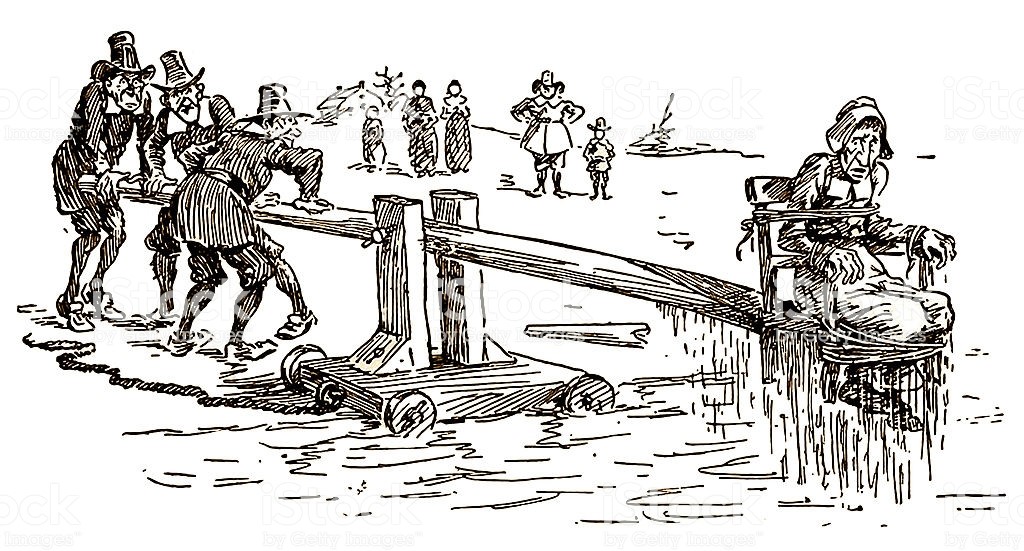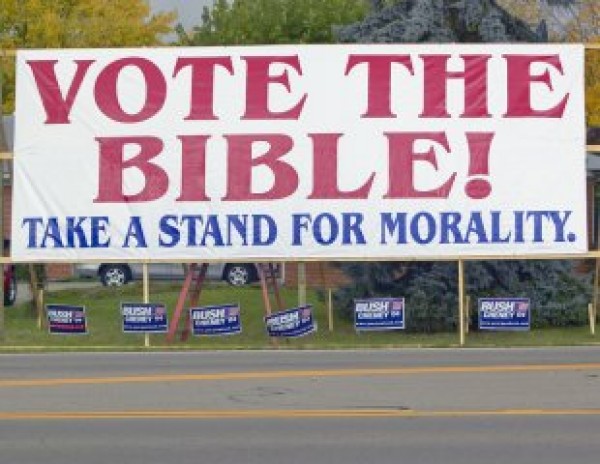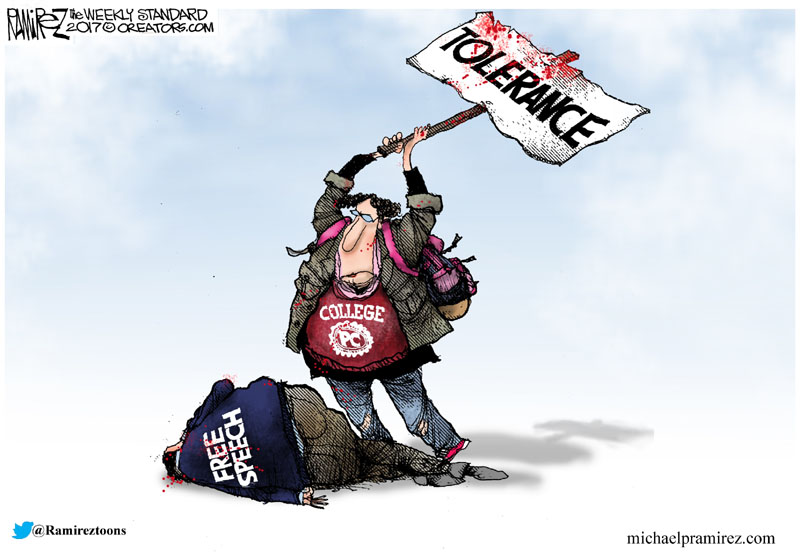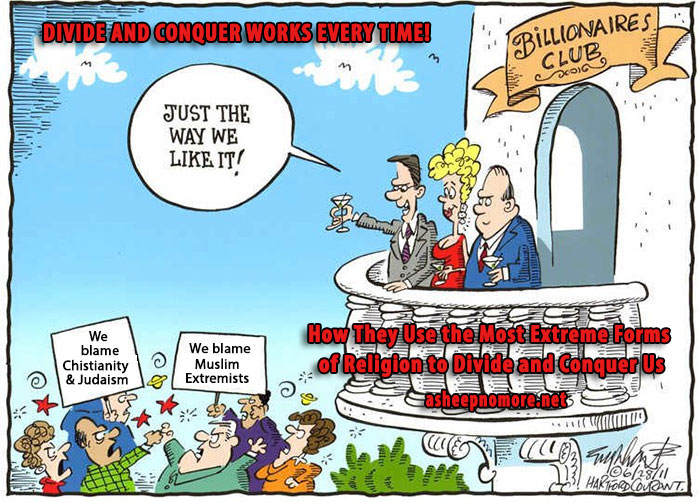« An ecology of social systems | Home | The Age of Modernity and its Discontents »
The prospect of a new Gothic Age in the US during the decline of the industrial era
By Karl North | November 18, 2018
Human society faces an unprecedented, irreparable shift away from industrial civilization that ultimately will prove catastrophic for most people. A large part of the global population has a cultural heritage that derives from the age of monotheisms that began about two millennia ago. This heritage persists despite strong secularization trends that began in recent centuries with the age of science, industrialization, rationality and progress. This cultural heritage in all three major monotheisms – Judaism, Islam and Christianity – shapes how people react to times of great change, insecurity and extended crisis such as the one humanity faces today.
This pattern of response to long emergencies consists of a constellation of elements that first appeared in the formative period of these religions because the very emergence of monotheism was a reaction to extremely unsettled conditions of those times. The rise of the monotheisms served a need for new social and belief structures to address the inability of the ageing Roman empire and the existing pantheistic religious cultures to cope with the chaotic warring city state polities of the late classical age.
The characteristic response of the monotheisms is to create a community of the faithful that closes ranks in a totalitarian social order that depicts human life as threatened on all sides with damnation but open to salvation. This form of society pursues violent crusades against external infidels and internal heretics, carries out harsh punishments for sinners, and holds out an apocalyptic vision of salvation as a last resort.
My goal here is to explore the potential for this type of response to deindustrialization to occur in the USA, given our distinctive cultural heritage that has been heavily influenced by the Protestant Reformation of Christianity. I will first describe the Gothic age and the Reformation as the last major incarnation in Christian culture of the characteristic response in monotheisms to long periods of social insecurity and crisis. Then I will draw attention to historical and current developments in US society that suggest the likelihood of a new Gothic age in this country. Awareness of this probable future will hopefully help us think of ways to navigate it.
The Gothic Age
Spengler’s The Decline of the West is an extremely detailed history of the evolution of society through three great ages of religious culture. His treatment is giving me a new appreciation of the violent and scary periods in the age of monotheisms that replaced the age of classical pantheism of gods in most parts of the Western world. Recognized as Gothic Christianity in Europe, this early development in the age of monotheisms had counterparts with similar characteristics in early Islam and Judaism as well. Its manifestation in Islam for instance is the violent crusading zeal of its early period, preserved today by the Saudi medieval monarchy as Wahhabism, whose jihadi militants are used by the Western powers as proxies in the attempt to destabilize and destroy regimes that show resistance to imperial control in the Middle East. In Judaism the best parallel today to Gothic Christianity is the militantly expansionist, openly racist theocratic state of Israel and its Zionist supporters, both Jewish and Christian fundamentalist, in the US and Europe. In both Judaism and Islam, I would identify these responses as current reactions to crisis that are typical of all societies that have the monotheistic heritage described above. When not in periods of crisis or instability, religious practices in these societies take more moderate forms.
Gothic Christianity grew out of the difficult period following the collapse of the Roman Empire in Europe. The age was punctuated with repeated invasions, marauding warlords, and recurrent epidemics of bubonic plague that appeared in the unsanitary town life that revived toward the end of the period. The Church became the main creator of social order. As a result, in Gothic times humans perceived life as a frightful slippery slope with handholds upward toward the light and salvation offered by the church, but also filled with satanic beings that constantly tormented and tempted them down toward damnation. It was a time of crusades against the infidel and the extermination of presumed heretics. Inside the community of the faithful the grip of the church was totalitarian; in theory no aspect of life escaped its demand of total obedience. Outside that community was the void, which offered nothing of value. In Gothic culture, history would eventually end with the violent triage of the apocalypse, which would save only those who had remained within the community of the faithful.
The tumult of the Protestant Reformation provoked Gothic society to further extremes, the 17th century seeing a million witches burned at the stake. Here is Spengler on the effect of the Reformation:
The Reformation abolished the whole bright and consoling side of the Gothic myth – the cult of Mary, the venerations of the saints, the relics, the pilgrimages, the mass. But the myth of devildom and witchcraft remained, for it was the embodiment and cause of the inner torture, and now that torture at last rose to its supreme horror. Baptism was, for Luther at least, an exorcism, the veritable sacrament of devil-banning. There grew up a large, purely Protestant literature about the Devil. Out of the Gothic wealth of colour, there remained black. … it is a true Myth that inheres in the firm belief in dwarfs, bogies, nixies, house-sprites and sweeping clouds of the disembodied and a true Cult that is seen in the rites, offerings, and conjurings that are still practiced with a pious awe.
Here is an illustration typical of the plight of a politically incorrect Puritan in Reformation Europe and early colonial North America as well:
The Europeans eventually exiled many of the most extremist sects of the Reformation Goths to the colonies across the Atlantic that became the USA, where many elements of Protestant Gothic culture have survived in the puritanism that spread out of New England and in the apocalyptic rapturism of the born-again Christians who today are alleged to number nearly half of the US population. In secularized Europe where magnificent cathedrals stand empty except for summer tourists, people shook their heads in amusement at the election of our first born-again Christian president, Jimmy Carter. How quaint, they thought! When the second one appeared (like a burning Bush?), Europeans began to wonder if Yankee society and culture ever was going to emerge from infancy. In Europe All Saints Day is now mainly an occasion to visit the cemetery and remember the dead. Only in America has it become full-blooded Gothic, a scary day of satanically grinning jack-o-lanterns, witches riding on broomsticks and ghosts of the dead who arise to torment the living. Despite the tongue-in-cheek children’s entertainment aspect, the event is only a step away from the real thing.
Gothic Christianity was a gradual response to the long period of unstable conditions in Europe that replaced the relative calm of the Pax Romana: economic insecurity in shifting, poorly reconstituted medieval polities, recurrent plagues that invaded the growing but unsanitary cities of the High Middle Age, weather related famines like the Little Ice Age, all took their toll. The long emergency humanity faces today of increasing energy and resource scarcity and the ensuing deindustrialization is likely to bring about similar conditions.
Indicators of a New Gothic Age in the USA
As Gothic culture in its Protestant form survives better in the US than in most Western societies, here I will point to some signs I see today that surviving Gothic remnants in this country may become the basis of a cultural response to the experiences of the age of degrowth that we are entering. Early warnings of a possible new age of Goths in the US include the following:
1. The increasing penetration of US federal and state governments by proponents of a totalitarian Christian state. The current president, while showing little evidence of Christian faith, has nevertheless populated top levels of his administration with militant Gothic Christians to retain the loyalty of groups of similar faith that populate his electoral base. The number of militant Christians in Congress continues to increase. The vice president in the Trump administration exemplifies fanatical Gothic Christianity.
2. Not to be outdone, the liberal identity politics movement, wielding a hysterical and increasingly rigid notion of political correctness (PC), is fielding its own militant totalitarians in a crackdown on all speech that invades “safe spaces”, starting in academia where speakers have been chased off campus and faculty careers have been destroyed for saying the wrong word. The government and its media and internet servants are using these liberal betrayals of free speech as an opportunity to increasingly curtail and ban speech that dissents from any part of the ruling class narrative. Laws dating from the Bush and Obama administrations permit prosecution of ‘treasonous’ dissenters as terrorist suspects. Official lists of suspects exist. A new version of the McCarthyite witch hunt culture of the hysterically anti-communist 1950s is forming, itself patterned on the witch hunt culture of colonial New England, Gothic to the core of its joyless purity.
3. For now, the ruling oligarchy is happy to encourage both the above trends, but they could easily get out of control, as has happened with its use of Islamic jihadi militias as proxies in its Middle East wars. Both increasingly totalitarian movements are displaying the propensity to indulge in crusades against heretics. Ruling elites may be losing the ability to use the crusader element in US Gothic culture to retain support for foreign wars, so they are turning it inward to energize internecine conflicts that divert attention from more fundamental problems of society. The no holds barred politics of the so-called alt-right supremacists, the militant Gothic Christians, the identity politics PC liberals and the anti-fa alt-left are all taking on rudiments of Gothic crusader culture, branding their opponents as infidels or even the Anti-Christ (the modern favored equivalent being Hitler) and labeling internal dissent as heresy.
Late European Gothic culture included the Romantic reaction against the age of hell-bent progress, science and the machine – a reaction embodied in North American sects like the Amish and Hutterites. In contrast, a prospective Gothic revival today would occur in a society generally addicted to a religion of progress, so it would likely take novel forms to incorporate this difference. One such twist is the growing habit of hostile groups in the US to accuse each other of failing to save the American Way of Life, with each entertaining radically different interpretations of what that means. For Spengler, the age of progress that has progressively replaced the age of monotheisms is a Faustian deal with the devil that therefore contains its own abundant share of bogies, hobgoblins, gremlins and inconvenient consequences, more than enough to cause the modern system to self-destruct.
Spengler says it’s important to see the history of Gothic culture in its full intensity, because moderns have tried to forget or suppress its exotic horrors as too impossibly primitive to ever have happened to our ‘enlightened’ species. But its vestiges, at least in US culture, suggest a more enduring element that can reappear in some guise under historical conditions of sufficient stress.
A good summary of Spengler’s account of the great ages of culture in the West is J. M. Greer’s three-part series, in which he applies Spengler’s insights to sketch one likely scenario of adaptation to our present predicament:
https://www.ecosophia.net/america-and-russia-part-one-stirrings-in-the-borderlands/
https://www.ecosophia.net/america-and-russia-part-two-the-far-side-of-progress/
https://www.ecosophia.net/america-and-russia-tamanous-and-sobornost/
Topics: Political and Economic Organization, Social Futures, Peak Oil, Relocalization, Uncategorized | No Comments »




